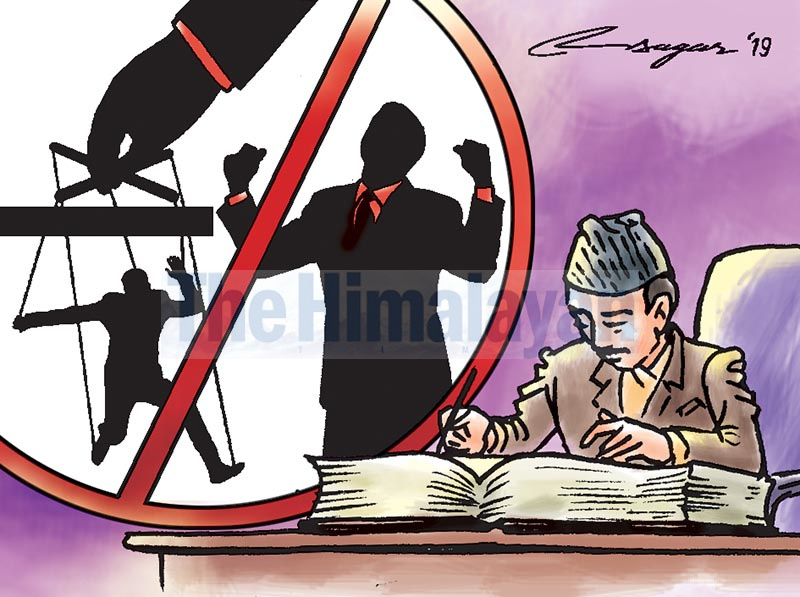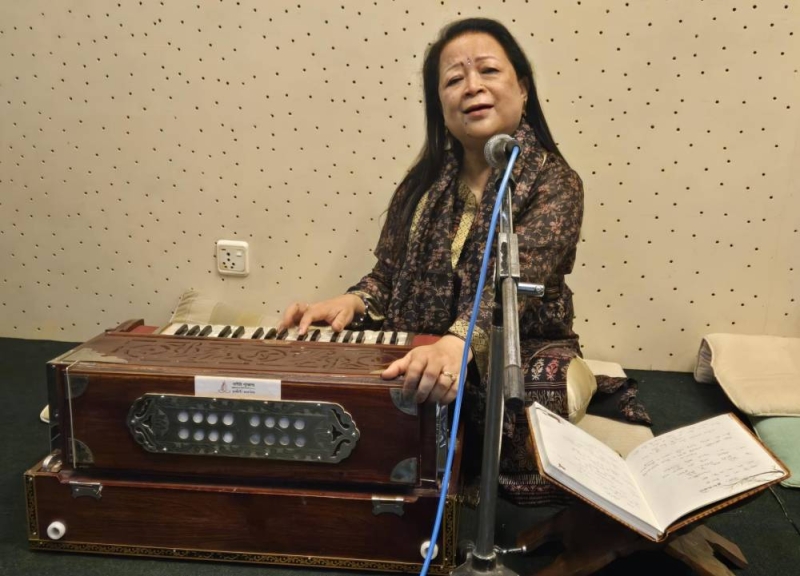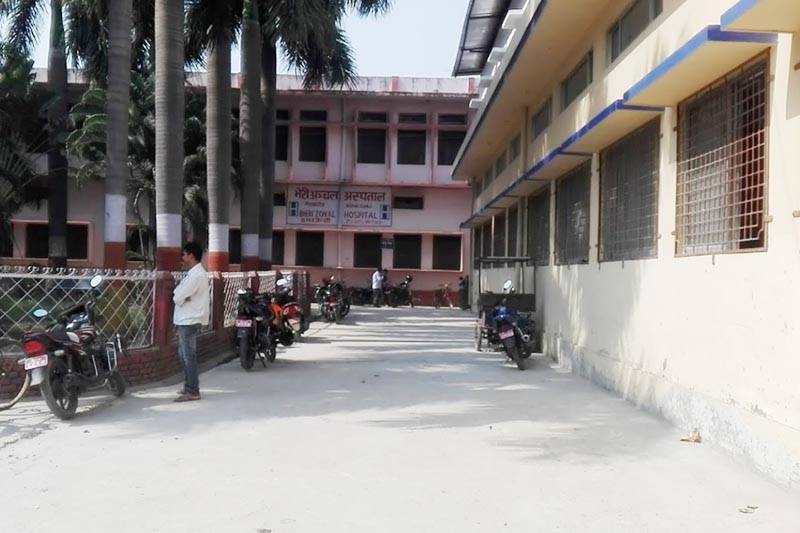Reassessing federalism in Nepal
Reassessing federalism in Nepal
Published: 09:59 am Nov 20, 2020

Nepal adopted the federal system after the constitution was passed by the Constituent Assembly (CA) in 2015. The decision to implement the federal system was driven by the leading political party CPN-Maoist. In the first CA election, the Prachanda-led party had a victory, and their two main agendas were to adopt federalism and a republic Nepal. So, as five years has passed, we should have a chance to hear both sides of the argument on whether Nepal should continue with the current system of federalism. In terms of benefits, the decentralisation of power allows each province to make policies that fit their respective geographical region and the people. However, have we seen its intended benefits? The policies are still driven on a national level, and when we already had a system of local government to address the needs of the people, we don’t know if the system has benefitted anyone other than the politicians themselves. The two major drawbacks of federalism are the high financial costs and the fact that the system makes it easier for both the regional and the central government to not be accountable during a crisis. The high costs are due to all the expenses of running the state government, from the salaries of chief ministers, regional cabinet ministers to covering the security details for them for decades. Moreover, let’s not forget that we have to cover all the expenses for 40-50 regional ministers during their stay in office and after they leave public office. Secondly, during a crisis, it is easier for the central government to blame the ineffectiveness of the regional government and vice-versa. So, no party will take the blame. Just like any system, it works in certain countries and it does not in others. For example, communism worked great in China but will not do the same in Australia. So, federalism may be an ideal path for large countries like India, US or China, but may not be necessary in small countries like Sri Lanka or Nepal. So it is now up to the Nepali people to decide whether to fix the system or to reconsider its need in Nepal. If a system isn’t working even after years, we must revaluate and see what changes can be made. I think Prachanda himself should lead this effort as he is currently the main political leader of our country and an influential political leader. For a small country like Nepal, the cost of supporting regional ministers and parliamentarians – to the tune of 300 or even more in 50 years – will be huge. So, the earlier we correct the mistakes, the better.



